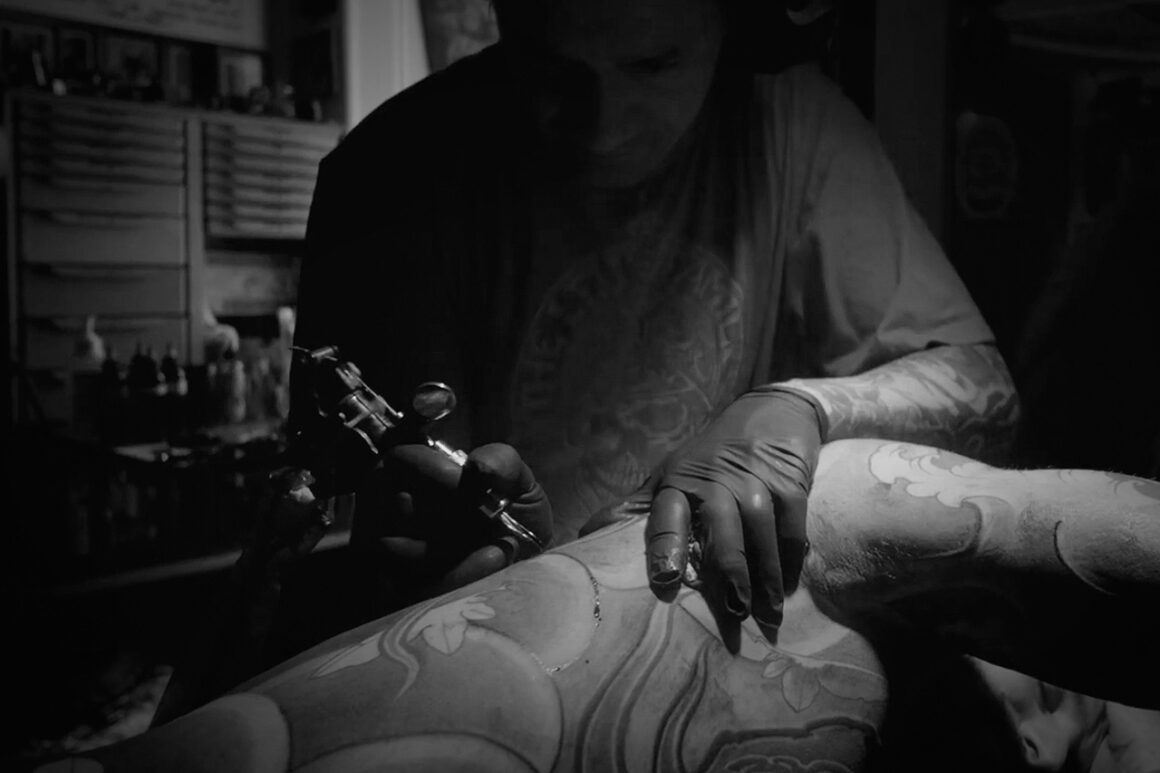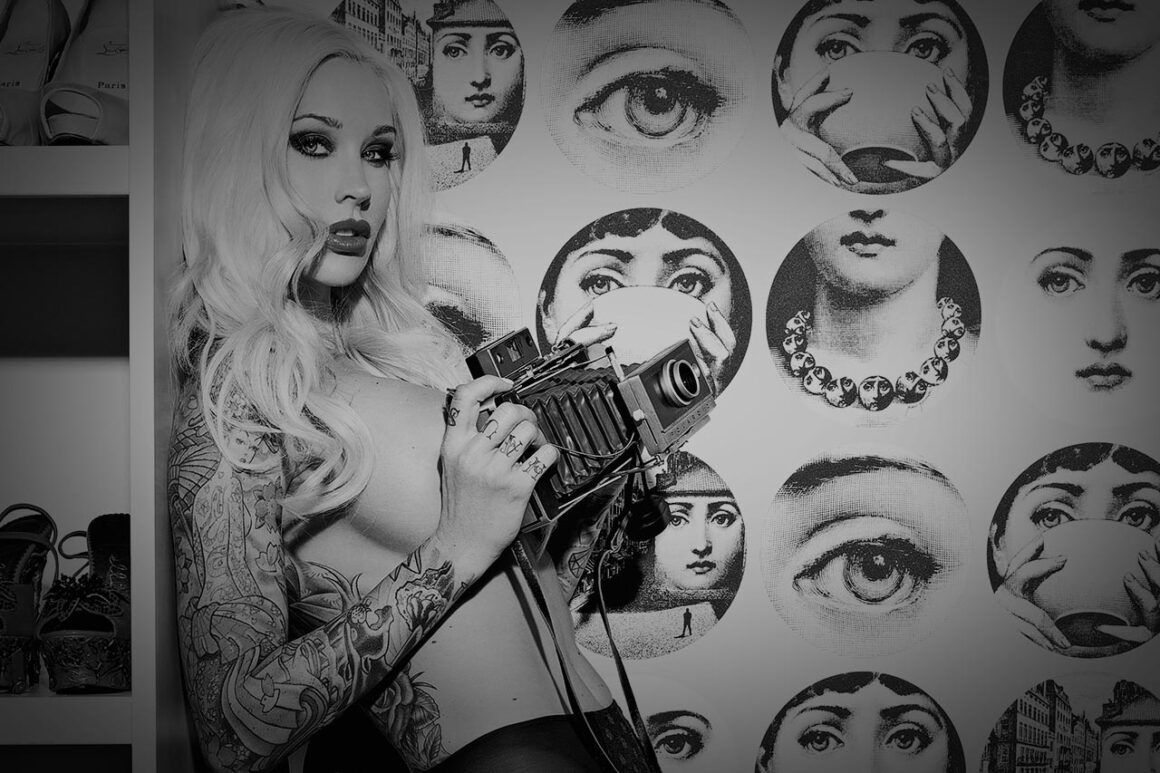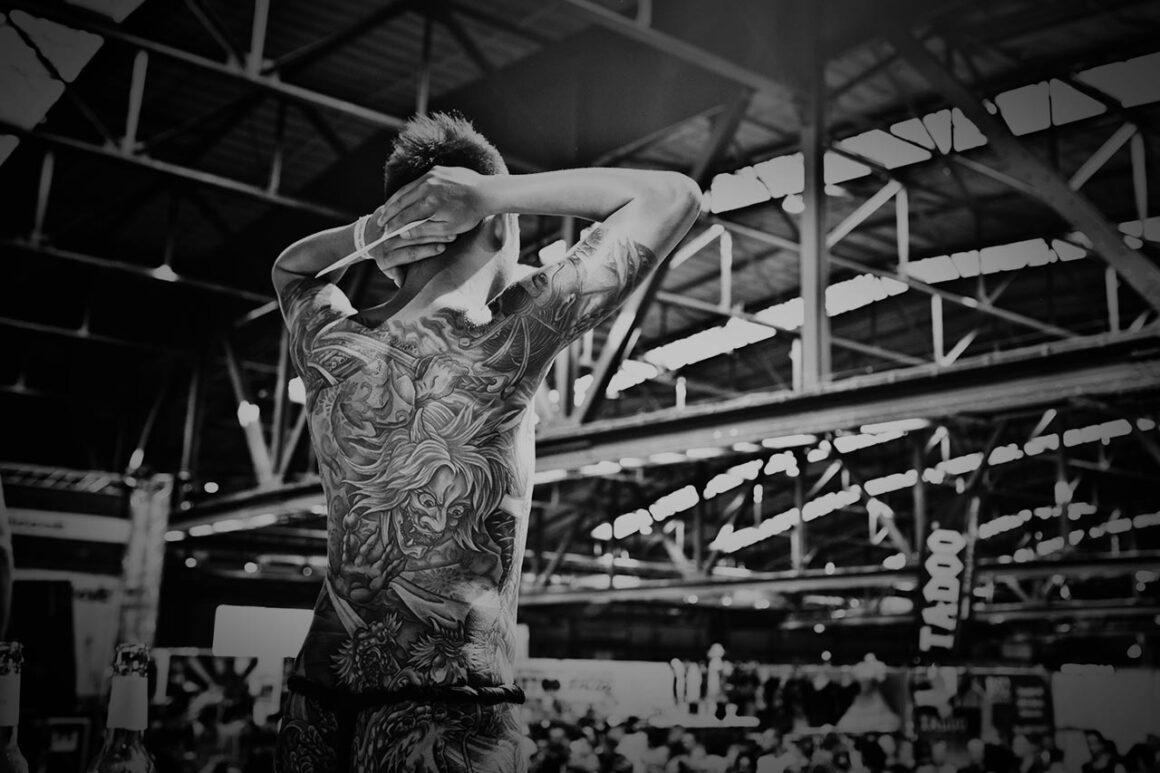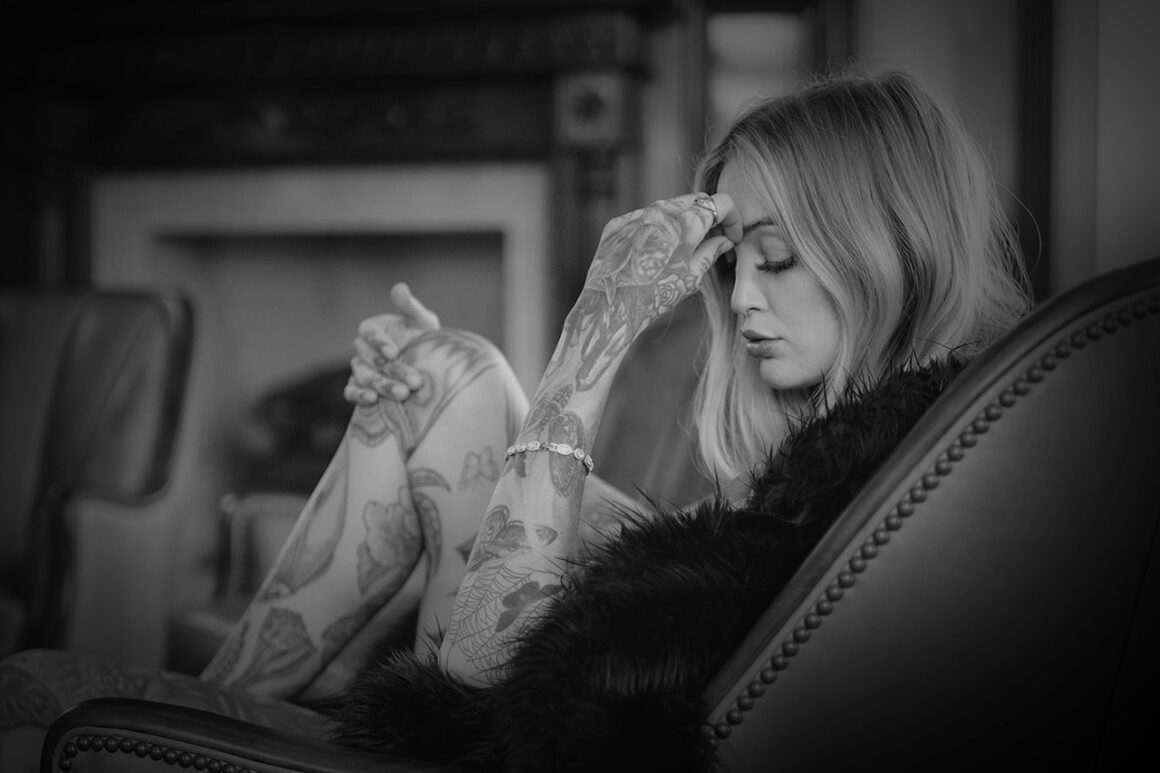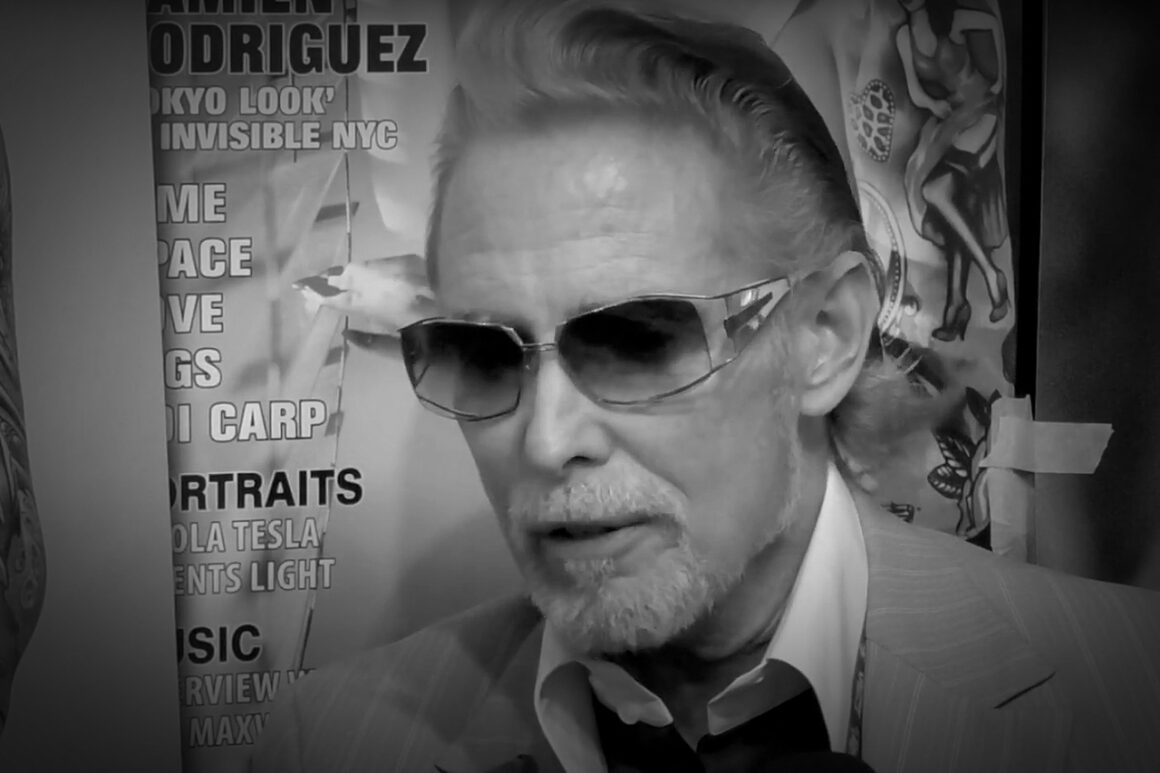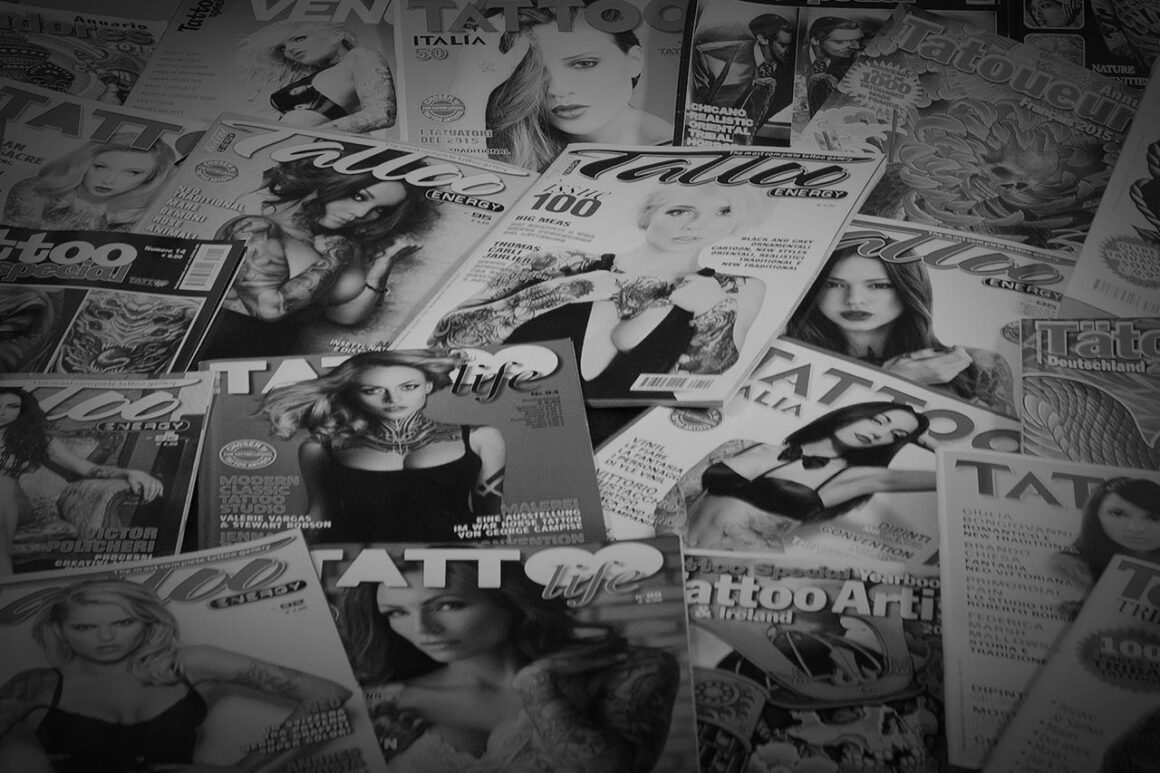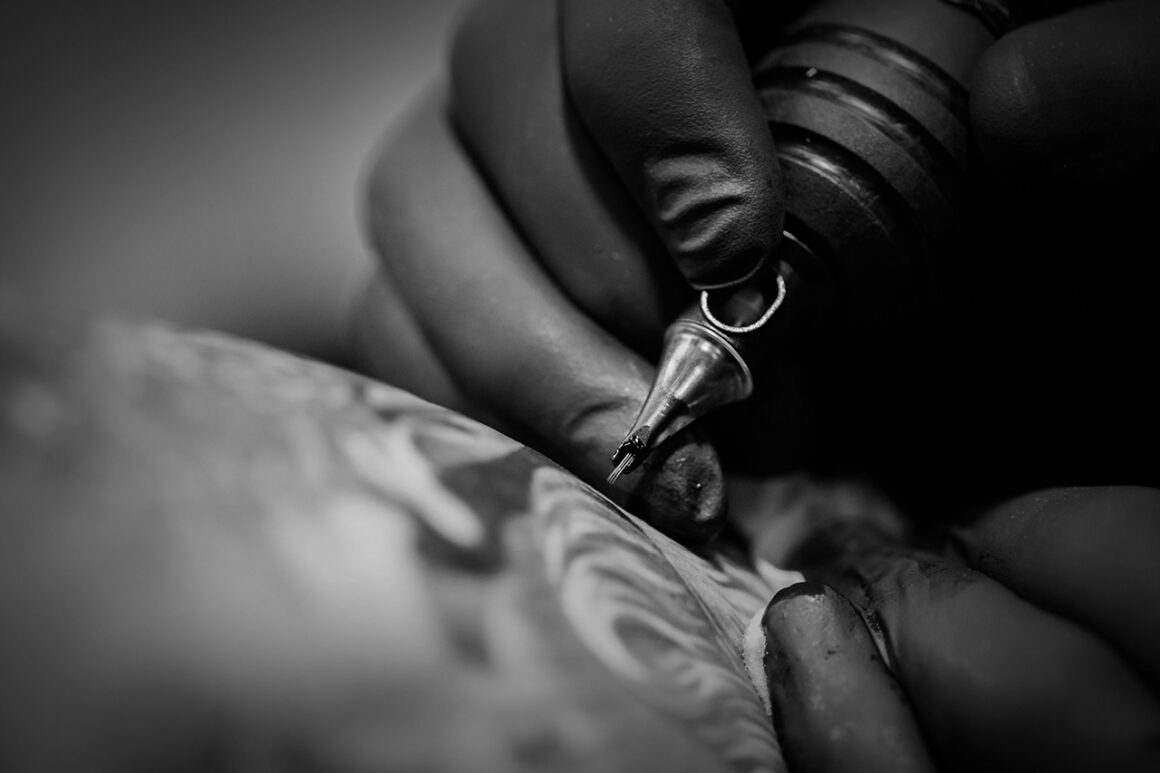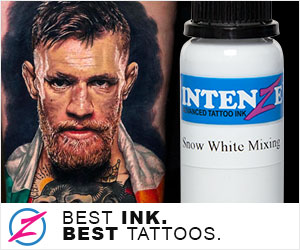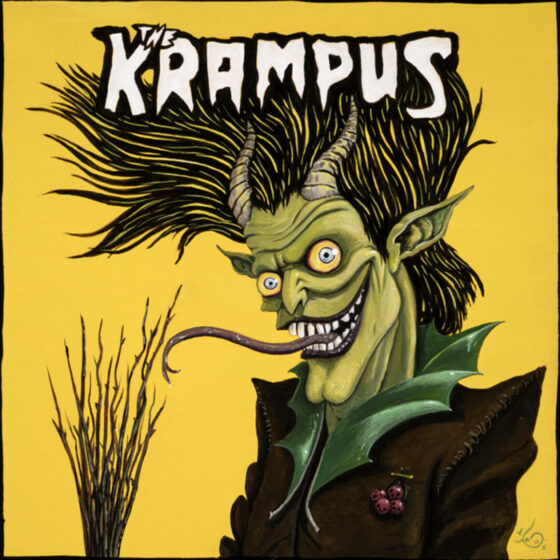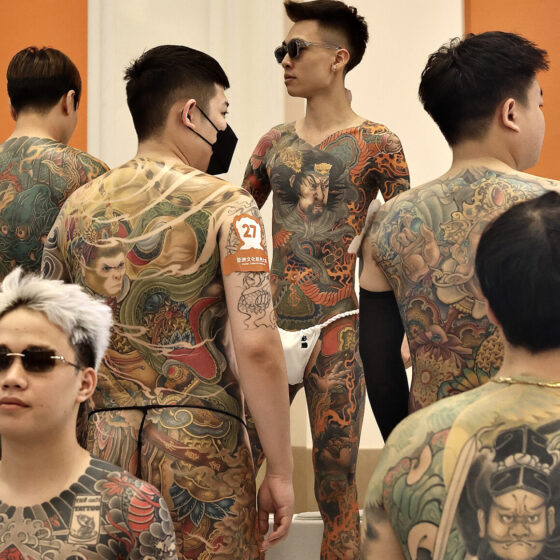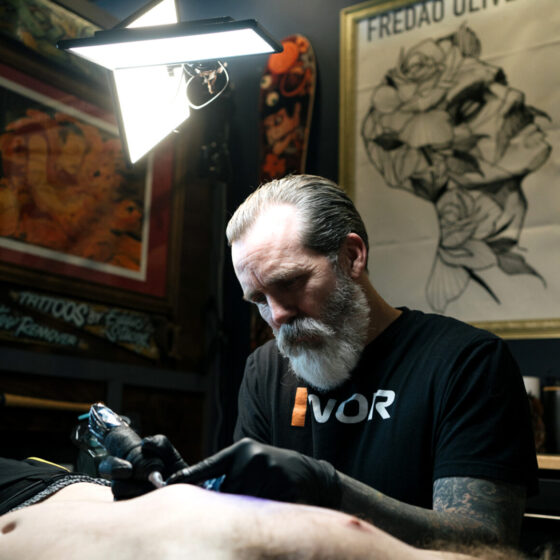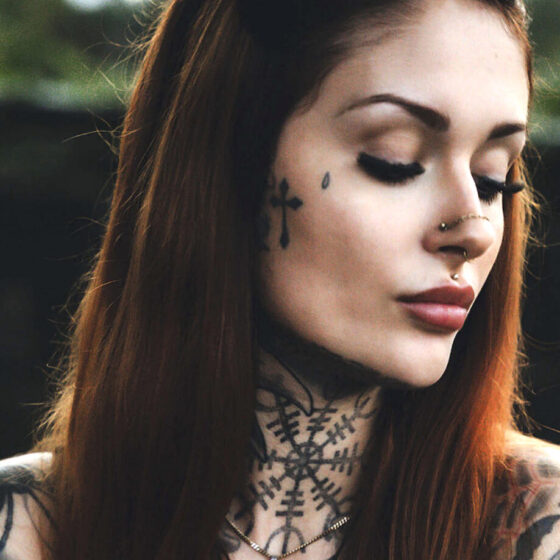Directly from Mexico City we are glad to introduce you to Mariana (aka @mariscuis): a beautiful girl who is in love with art, folklore and history – she is a deep, “nostalgic person”, and a natural seeker.
Among the many passions that she cultivates (including martial arts), there is also the one for tattoos… Let’s explore her world together!
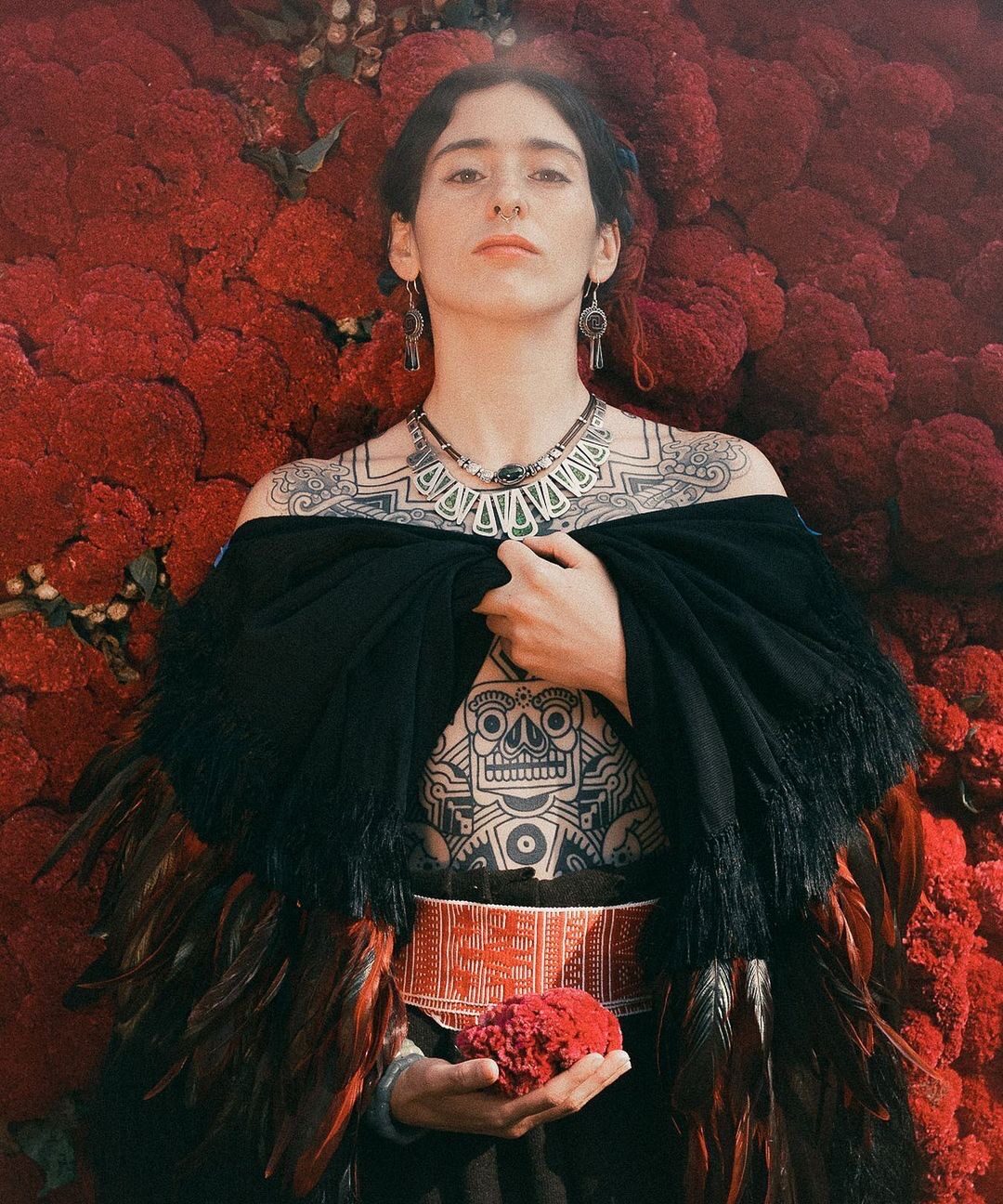
Do you want to tell us your story and describe yourself to our readers?
Hello! My name is Mariana, I am Mexican and I belong to the fourth generation of historians; I grew up in a big family, in love with the art, culture and roots of Mexico. I was surrounded by nature, and that always made me dream of ancient times in Mexico.
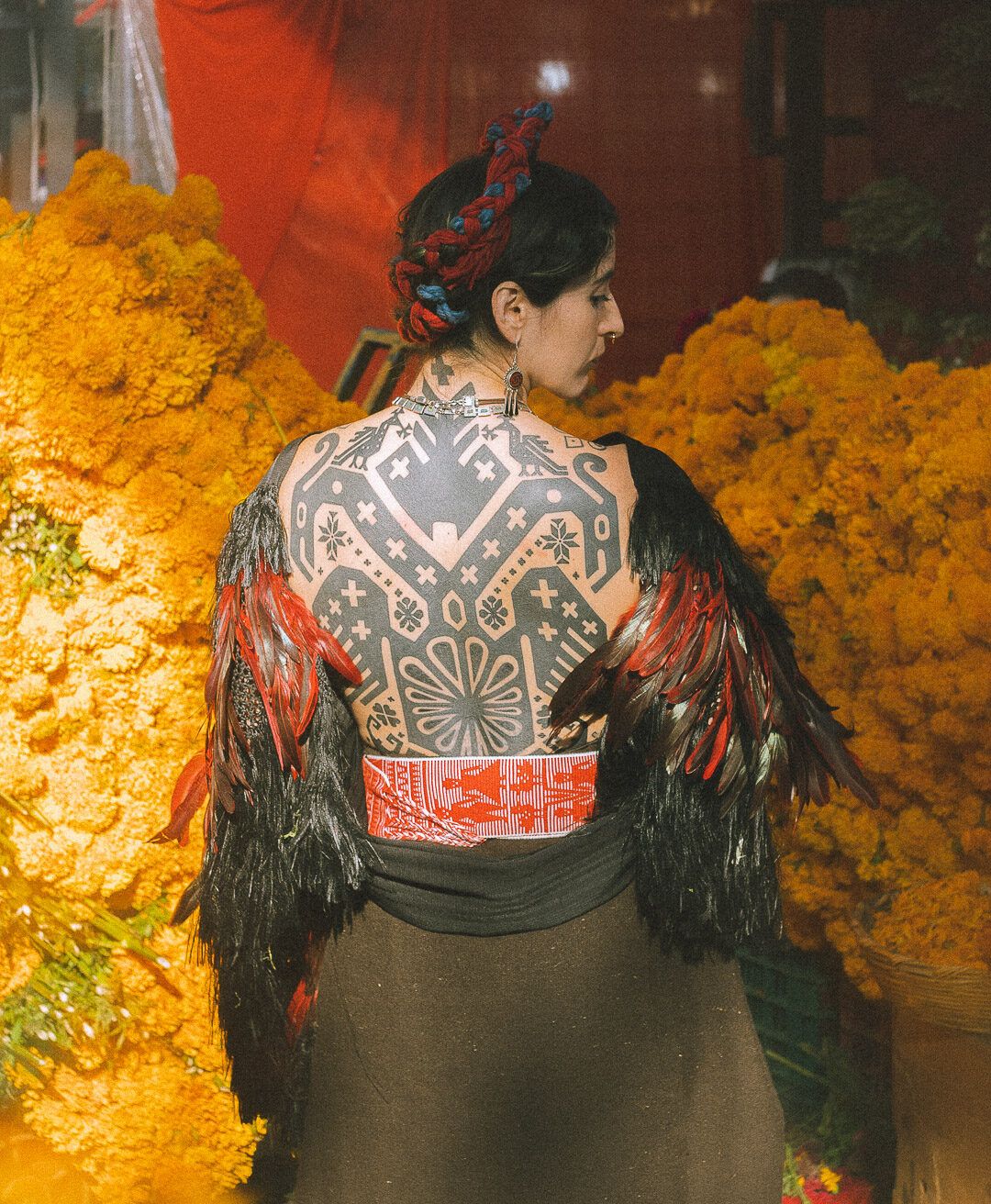
For some years I worked for a museum, which has the largest collection of Mexican folk art, and I had the chance to meet the best indigenous artists in the country!
This motivated me to create a collaborative project that is quite new.
Where are you at the moment? What is your background? What are your passions and your hobbies?
I live in Mexico City, I lived all my life in a house that my grandparents built and that house was surrounded by many books, antiques and even archaeological pieces.
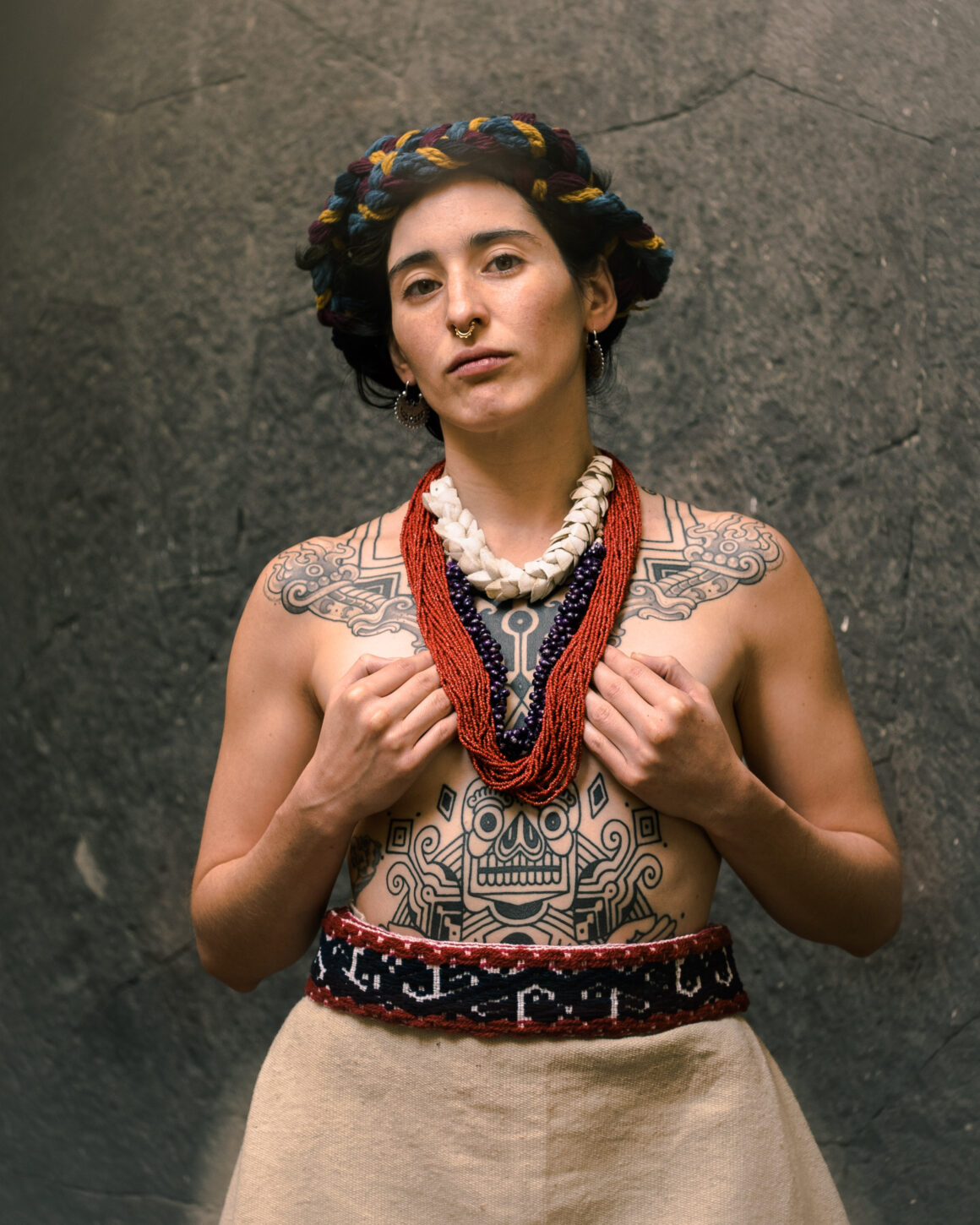
My work is not that different from what I liked about that house, and I dedicate myself to researching, managing cultural projects and selling folk art. I am currently learning to weave in ancient techniques from Mexico and Europe.
Another hobby that I have is martial arts that I have practiced since I was 10 years old.
Tell us some more about it…
I have practiced martial arts since I was a child! I believe that growing up in a country like Mexico – where everything is chaos – is necessary to learn a little discipline. Besides that, it is also important to learn to defend oneself. Something that I love about martial arts is that I can learn about other cultures through physical practice, I like to think that they are disciplines with thousands of years that continue to exist and change.
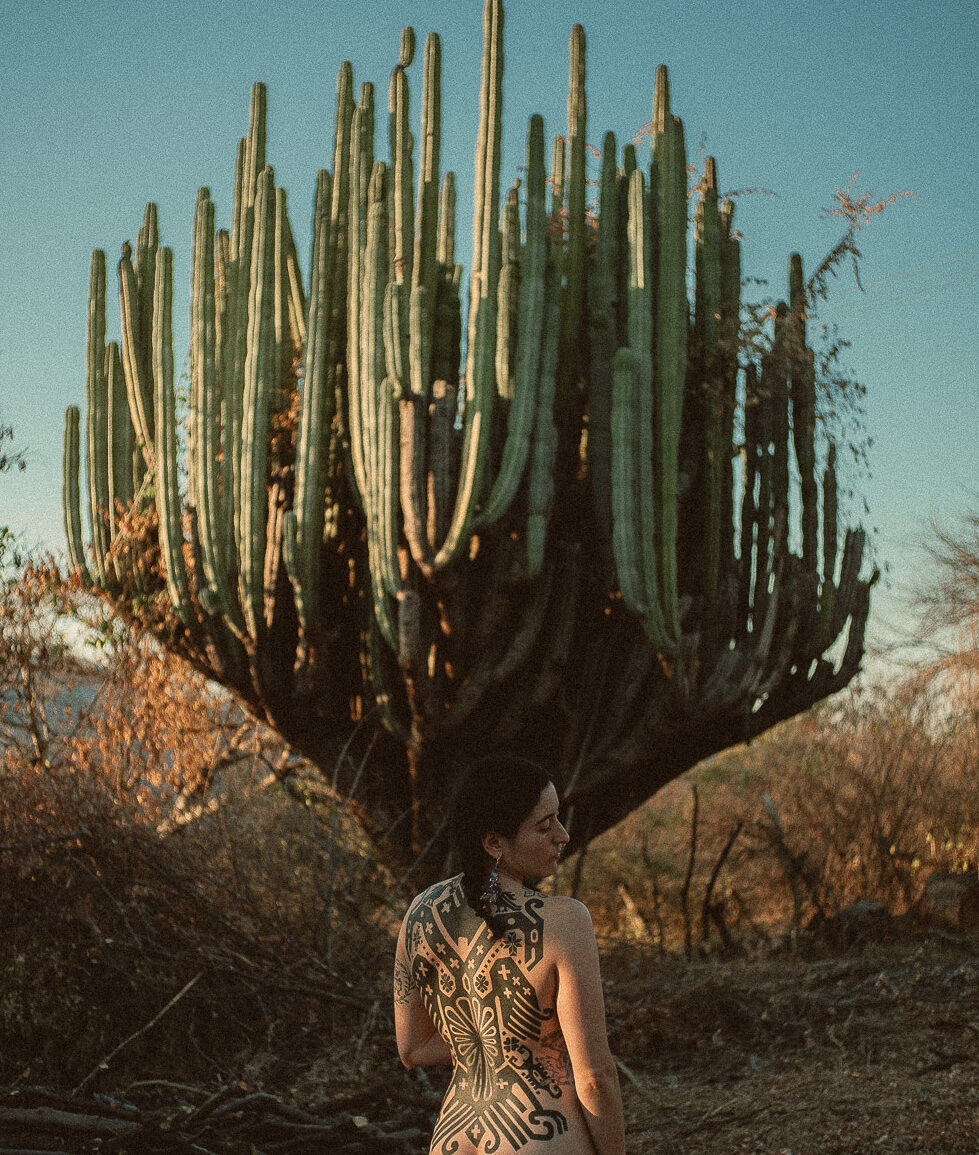
I really like the philosophy of the warrior’s way where the only enemy is oneself.
How did you get into tattoos?
My first approach to tattoo was when I was 14 years old. My father had died, so I wanted to tattoo a memento mori – as a reminder that nothing is permanent.
Tell us more about your journey with the ink on skin: from the first tattoo to the future projects on your body?
My first tattoos were inspired by Mexican culture, and I really liked the concept that we have here… of the duality of life and death. Then I went to study in Japan and lived there for a while, so I decided to do something Japanese.
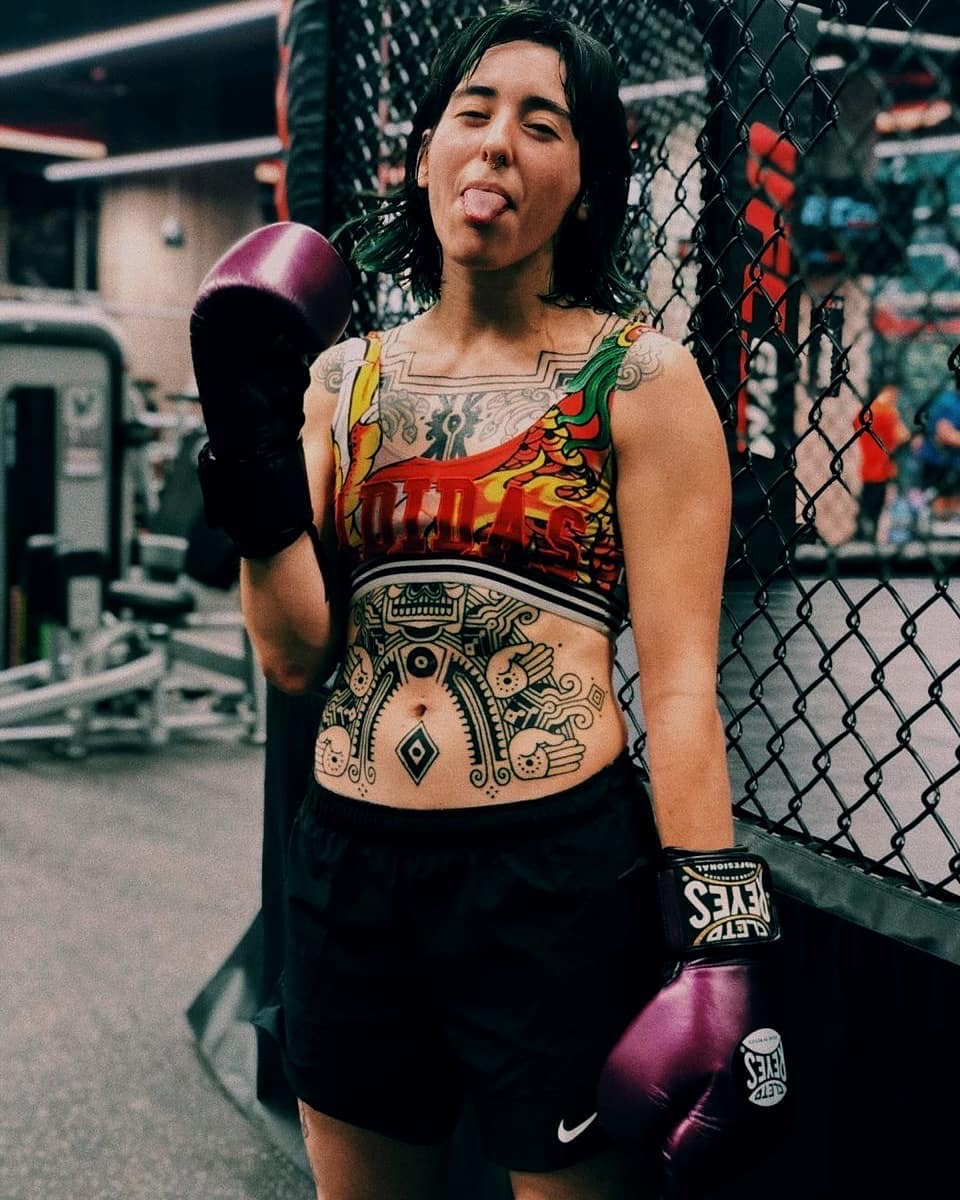
Many years have passed without wanting to get a tattoo until now, and I already want to make a bodysuit, all inspired by what I have learned about traditional Mexican art.
What does tattoo mean to you?
As a historian, I see tattoos as a cultural expression, as something that has accompanied us humans since the beginning of time. From personal experience, the tattoo means to build or modify reality, to try to convert the impermanent into permanent and of course it is a form of expression that is very similar to clothing, since the textile is the second skin.
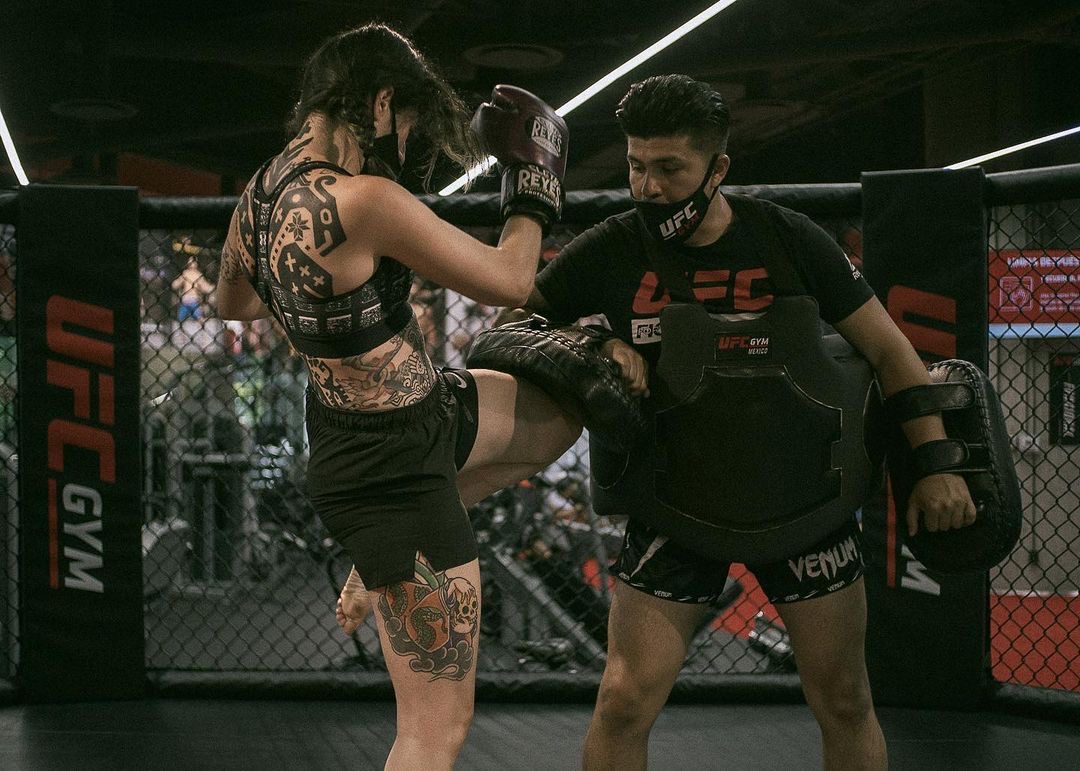
I also like to think of it as something that gives you power, as in ancient times it was believed to be a ritual of passage, in modern society we need this type of ritual to gives us personal power.
Who did your tattoos and who are your favourite tattoo artists?
One of my first tattoos was done by Kristhian, a Mexican tattoo artist known for tattooing many Mexican lucha libre wrestlers. The second was done by Moroko, another Mexican tattoo artist who learned about Japanese tattoos (and I think he is one of the best). And – last but not least – Guy: an artist that I admire a lot, who has managed to materialize my ideas in an incredible way. Obviously Guy is one of my favorites, but I dream of one day being able to own a piece by Helen Hitori: her work is very feminine and magical, and powerful at the same time.
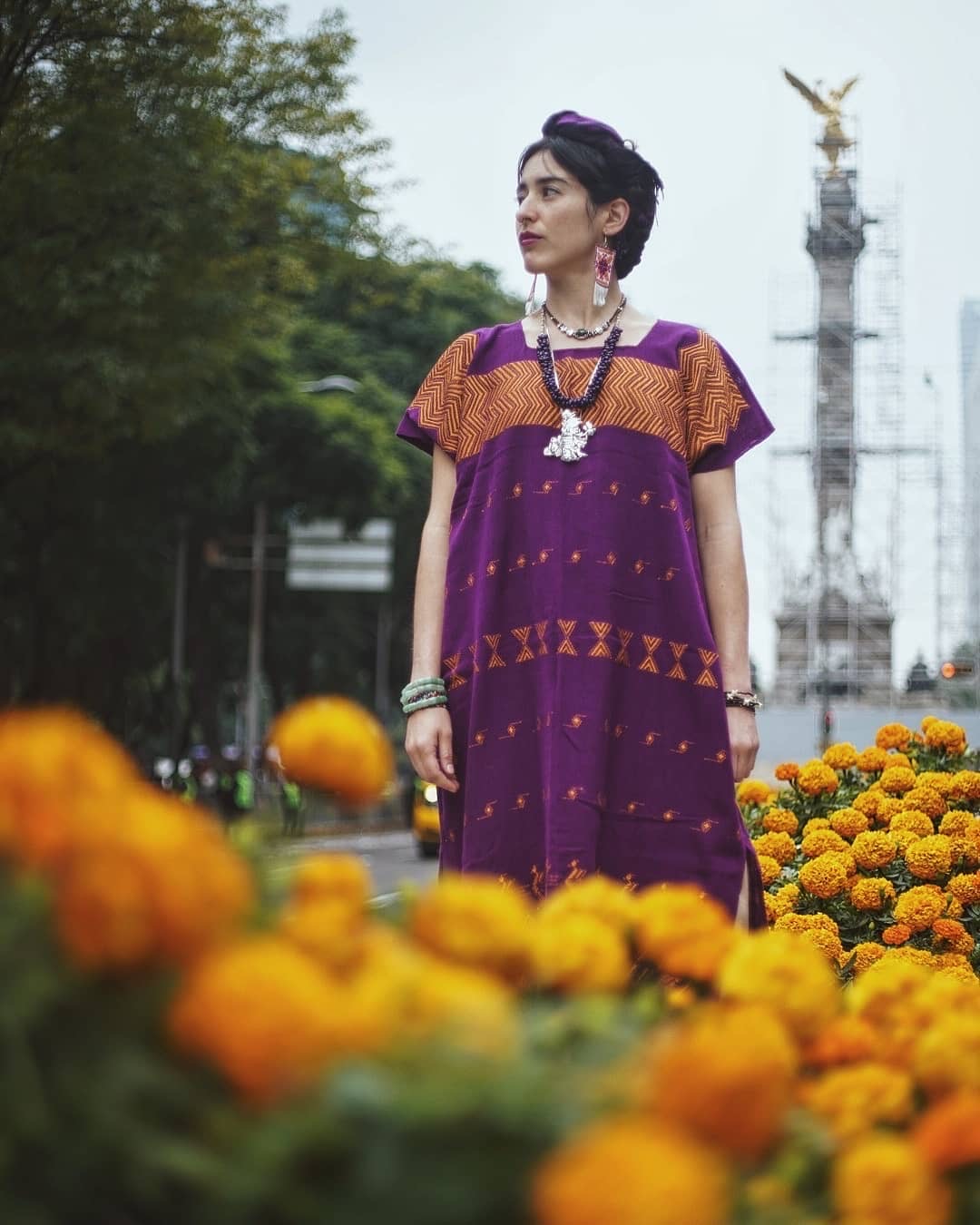
And what about your love for the folk art and the bond with your origins and popular traditions?
I consider myself as a nostalgic person, the past inspires me a lot and I found in traditional art a very true expression in terms of honoring those who were before us. The main topics of traditional art are myths, and although art also suffers from the passage of time and is transformed, it remains faithful to the essence of its origin.
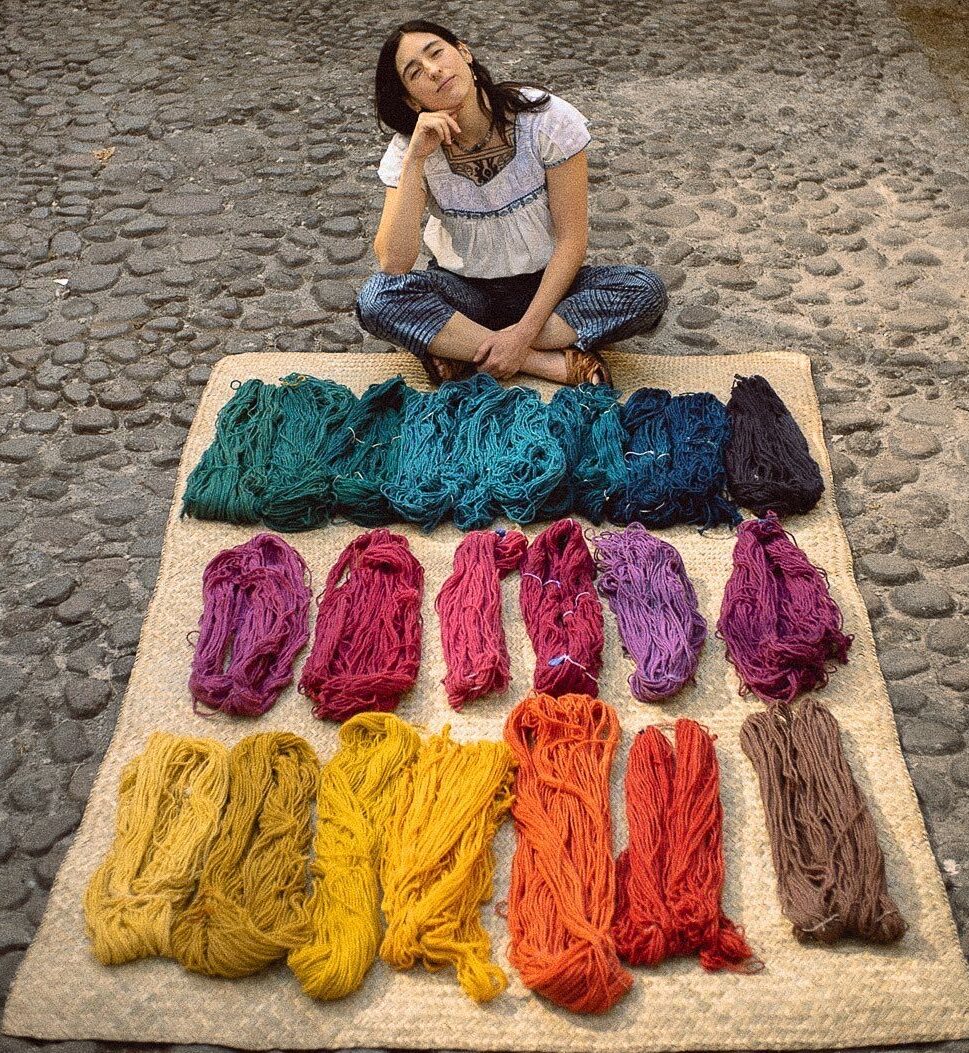
Each piece of traditional art means something, something that can teach a lesson. I think of traditional art as a library open to the public, and that can have many readings.
In a few words, I think that traditional art is the expression of myth, and if we forget our myths, we forget who we are.
How was this 2020 for you?
2020 has been an unforgettable year, a roller coaster of emotions but with a lot of learning. I believe that at a global level it taught us that our consumer lifestyles have brought us to a point where we have to prioritize what is important, and that happiness is not in travelling a lot or buying a lot but in being happy with who we are and in the place where you are. On the other hand, it was also a year that, despite being locked up, passed quickly so for me it was a sign that I can build my life and be happy with little.
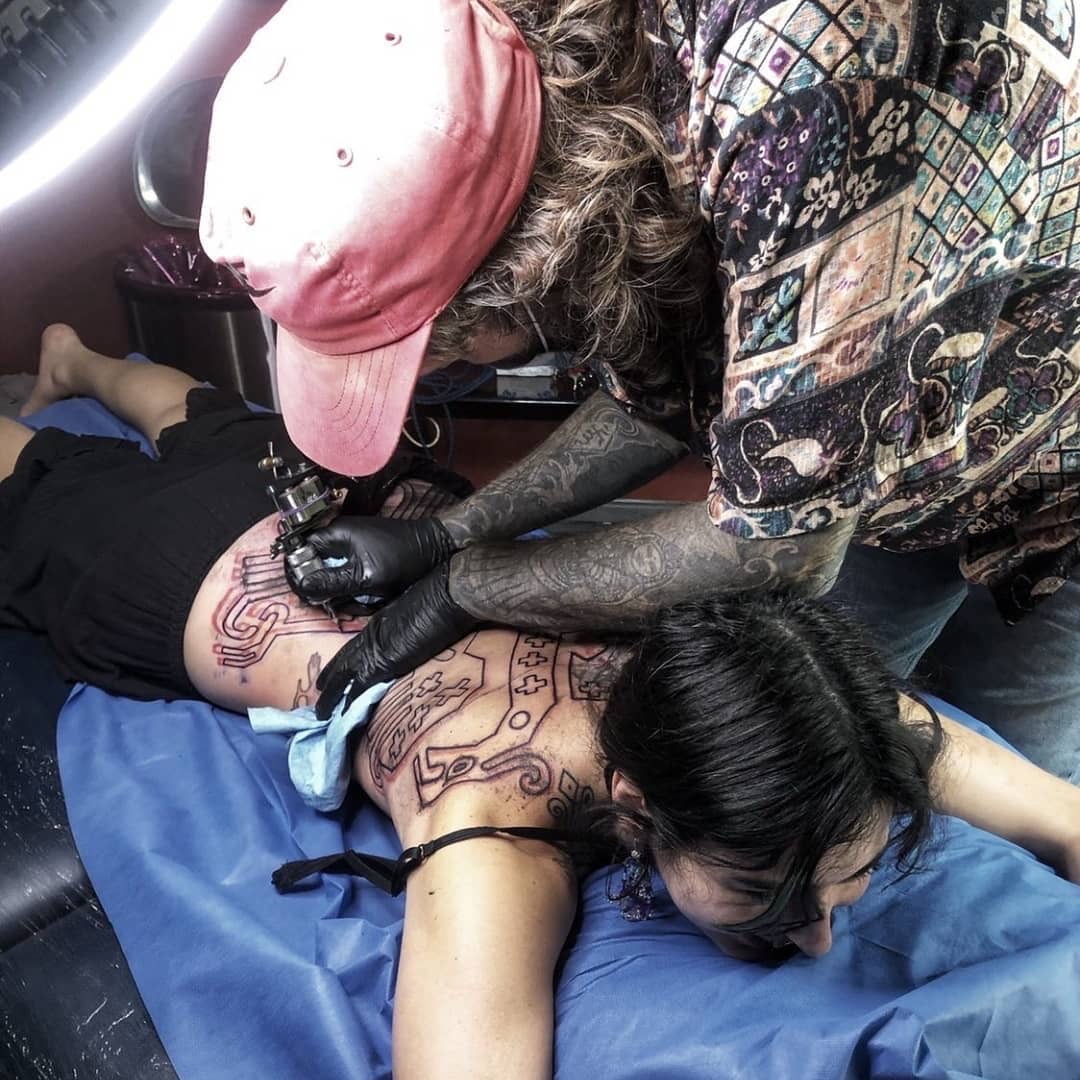
What are your plans and hopes for the future?
My purposes for this year is to continue with my collaborative folk art project, continue training martial arts and become a better weaver… and of course get more tattoos!
Is there anything you want to add before we say goodbye?
First of all thank you for the questions, that made me think where I am standing. I would like to wish you a lot of health, a lot of love and a lot of happiness this 2021 and obviously I wish you all many, many cool tattoos (smiles NdR).
